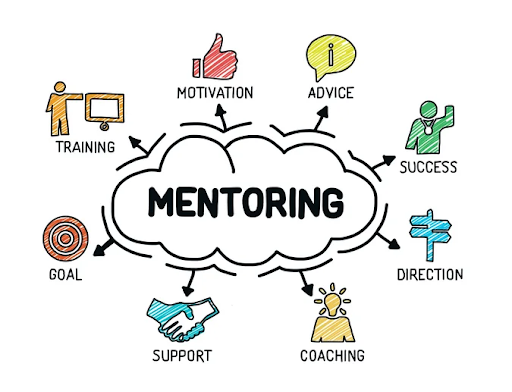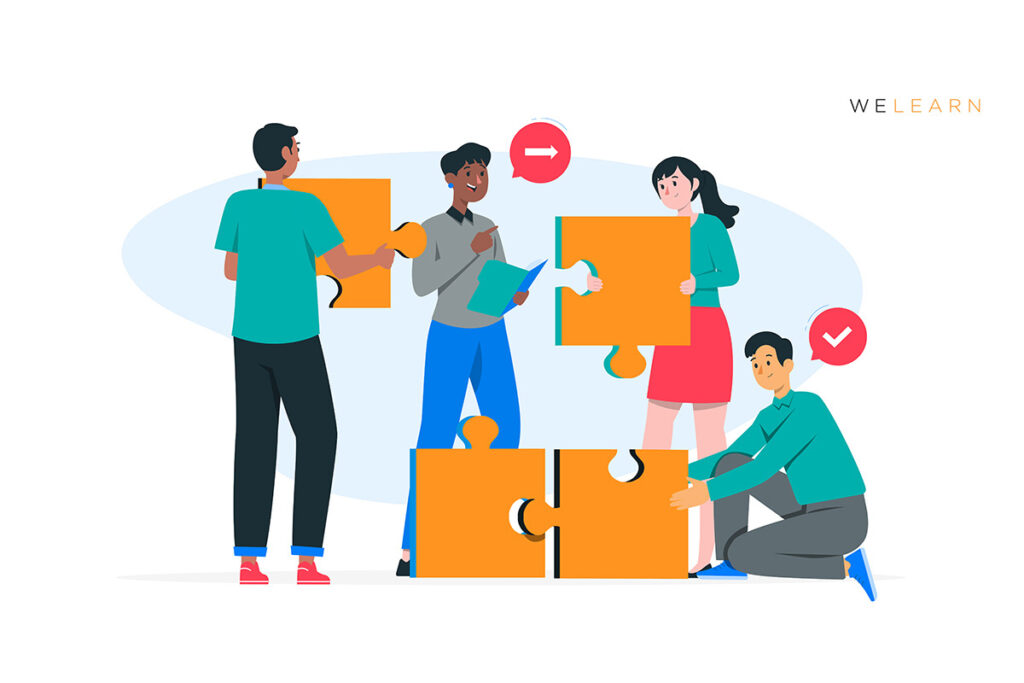Are you looking for ways to boost employee engagement and productivity while improving knowledge retention? If so, the right organizational learning strategies could be the answer.
From increasing collaboration to investing in technology, there are many steps businesses can take to ensure their employees have the right skills and resources to stay competitive.
But what methods work best for creating a culture of learning and growth?
In this blog post, we’ll explore five proven organizational learning examples and strategies that actually work.
Read on to find out how to cultivate a culture of learning and growth in your organization.
1) Offer Mentorship Programs
Mentorship programs are one of the best examples of organizational learning.
By connecting employees with more experienced professionals, these programs provide employees with the opportunity to gain valuable skills and develop professionally.
This employee training program can be especially beneficial for new hires who may not have the experience or knowledge needed to tackle their role effectively.
100% of Fortune 50 companies have some kind of mentorship program, and 97% of individuals with a mentor find the experience valuable.
Why?
Mentorship programs can create an environment where employees feel comfortable asking questions and expanding their knowledge base.

How To Get Started With A Mentorship Program?
Creating an effective mentorship program begins with finding mentors that are willing to volunteer their time and knowledge.
Typically, these mentors are senior-level employees or industry experts who have years of experience in the field.
After selecting the mentors, you must then ensure that they have the right tools and training to lead the mentorship sessions.
This can include creating learning materials, setting objectives, and establishing ways for mentors and mentees to communicate.
You should also pay attention to how often mentorship sessions occur and make sure that mentors are receiving feedback from both the mentee and higher executives.
This feedback can be used to evaluate the effectiveness of the program and make necessary changes.
Ultimately, offering a successful mentorship program requires dedication, planning, and resources from both the organization and its mentors.
When done correctly, it can be a great way to develop employee skills and create a culture of learning.
2) Turn Experts Into Instructors
The idea of turning your expert employees into instructors for others is a great way to invest in your team’s development and give them a chance to spread their expertise.
Not only does it benefit the employees and the people they’re teaching, but it can also be a great boost for your business.
After all, when your team is better equipped to handle their tasks, your company will reap the rewards in the form of increased productivity and efficiency.

So, How Can You Turn Your Expert Employees Into Instructors For Others?
Here are some tips to help you get started:
- Assess their training needs: Take the time to assess each of your employees’ training needs. Find out what they are already good at, what areas they need help in, and where they could use additional training. Once you have a good understanding of their needs, you’ll be in a better position to create a training program that’s tailored to their specific needs.
- Develop a plan: Once you’ve identified the areas that need to be addressed, it’s time to develop a plan on how to “lure” experts in. Make sure you reward them for their work. You’ll need to ensure that the program is structured and consistent and that your expert employees have the right resources to make it a success.
- Set expectations: Before you start training, you should set expectations. Ensure they know what’s expected of them as instructors and what kind of feedback they should give. It’s also important to provide them with the necessary materials they’ll need to do the job.
- Promote their success: Once the program is up and running, be sure to promote your expert and nonexpert employees’ success. Recognize their achievements and provide incentives for continued success. This will help motivate them and ensure that they’re doing their best.
3) Encourage Peer-To-Peer Learning
57% of US employees want to participate in an upskilling program.
Peer-to-peer learning, also known as social learning, involves the sharing of knowledge and skills within a group of peers.
Unlike traditional classroom or online learning methods, peer-to-peer learning often includes informal learning experiences based on the collective knowledge and experience of the group.
This type of learning encourages members of the group to take ownership of their own learning and to contribute their own experiences and knowledge to the group.

This type of learning is more flexible and adaptable than traditional learning methods, as members can take on different roles and tasks as the situation requires.
How To Implement Such A Learning Strategy?
In order to successfully implement a peer-to-peer learning strategy in your organization, there are a few key elements you should consider.
First, you should set up a clear structure and provide clear guidance to members of the group. This means that you should provide a clear understanding of the group’s purpose and goals, as well as the expectations for participation.
Secondly, it is important to provide members with the tools and resources they need to be successful. This could include access to relevant content, access to mentorship and other resources, and access to an online learning platform.
Bottom Line
In conclusion, it is clear that implementing the right organizational learning strategies can be an effective way to foster employee engagement and productivity while simultaneously improving knowledge retention.
Use these examples of organizational learning as inspiration, as there are many more.
Investing in the right strategies and resources can help to ensure that employees have the necessary skills and resources to stay competitive in today’s ever-changing business environment.
From mentorship programs to peer-to-peer learning, there are many methods that businesses can use to create a culture of learning and growth in their organization.
To learn more about learning strategies and how to grow your business, click here.

